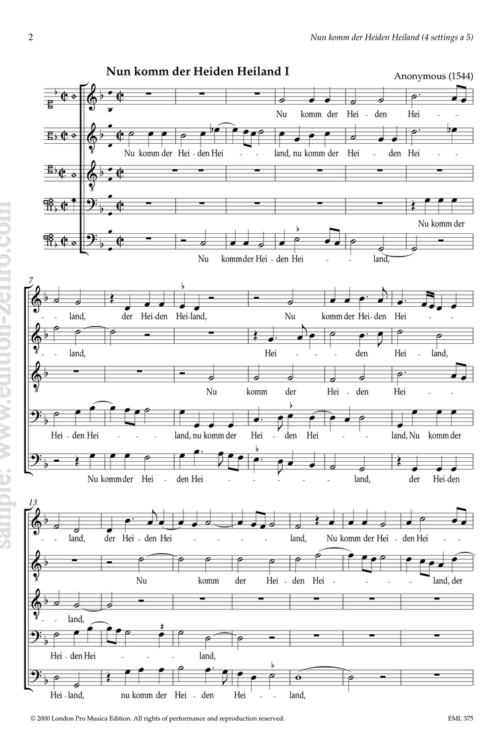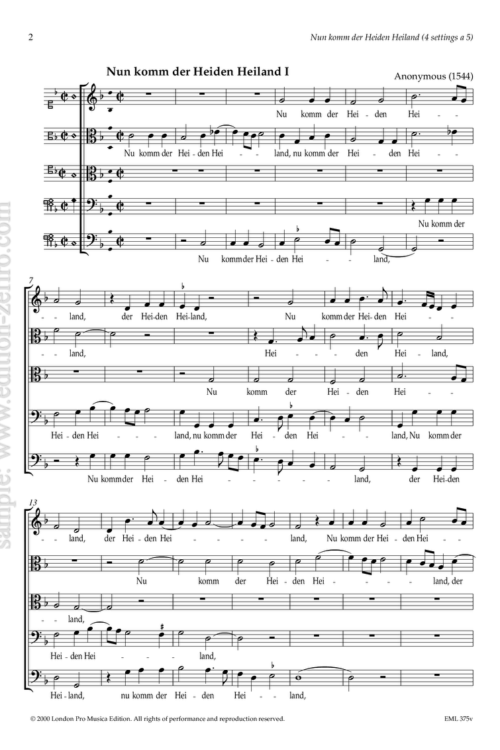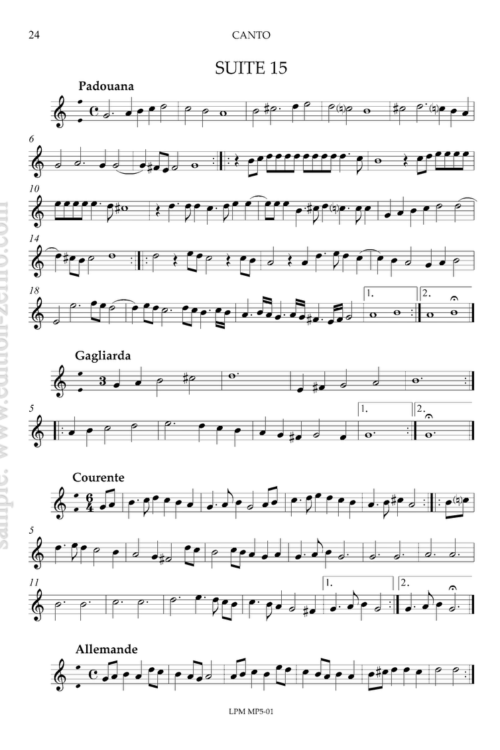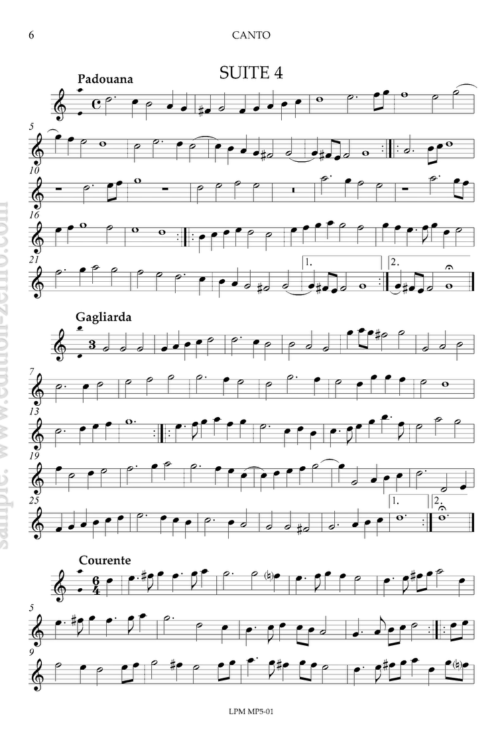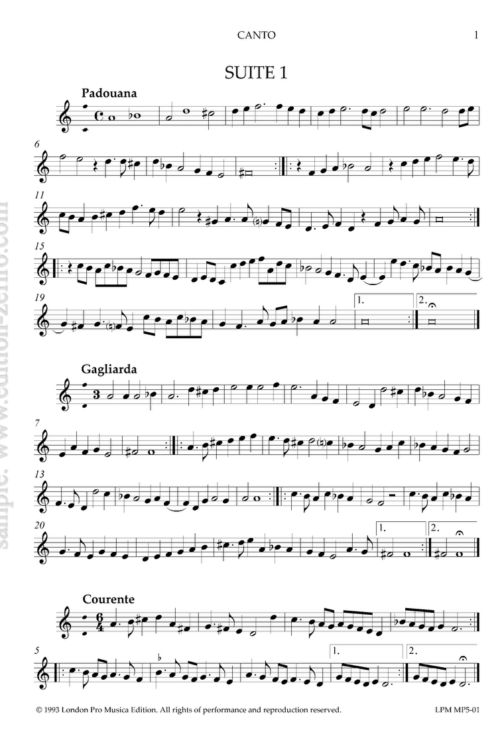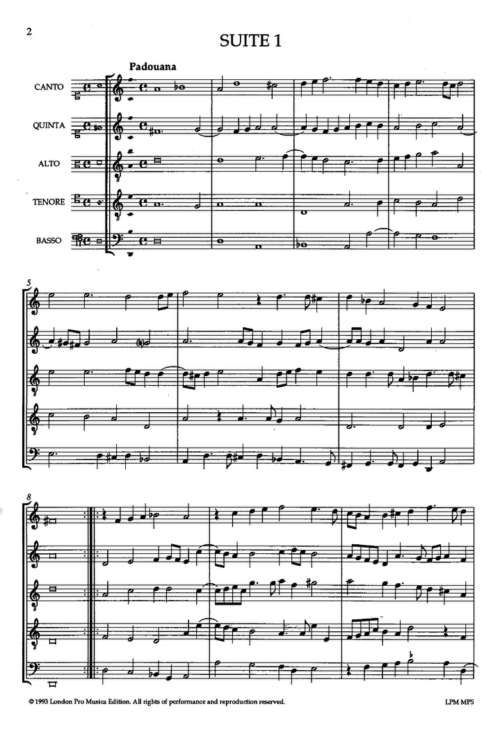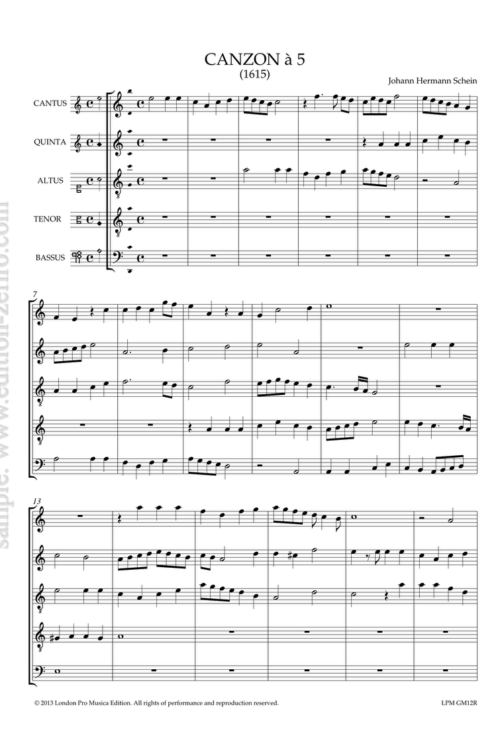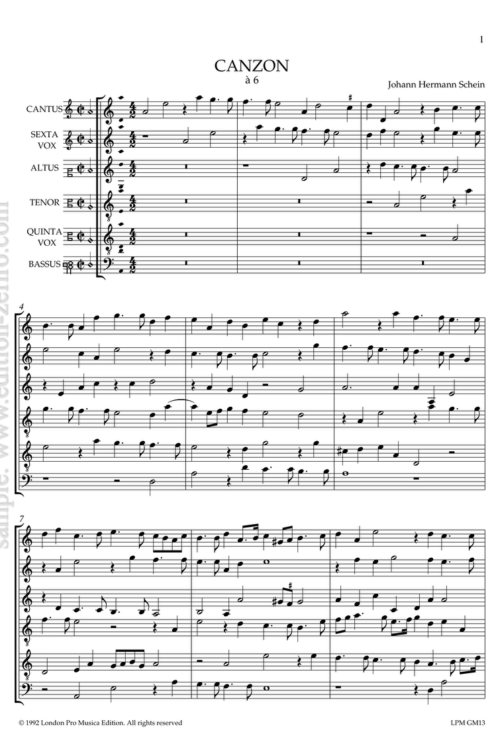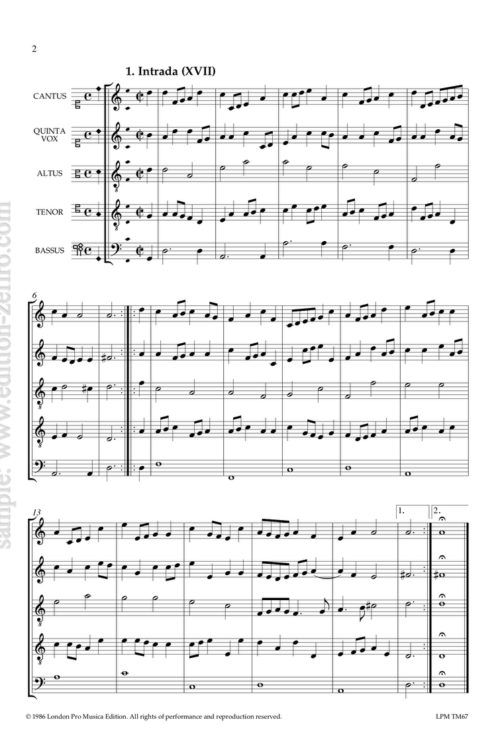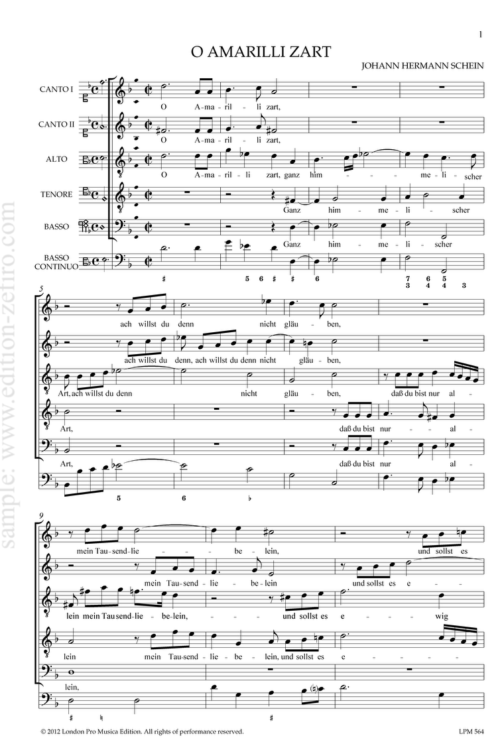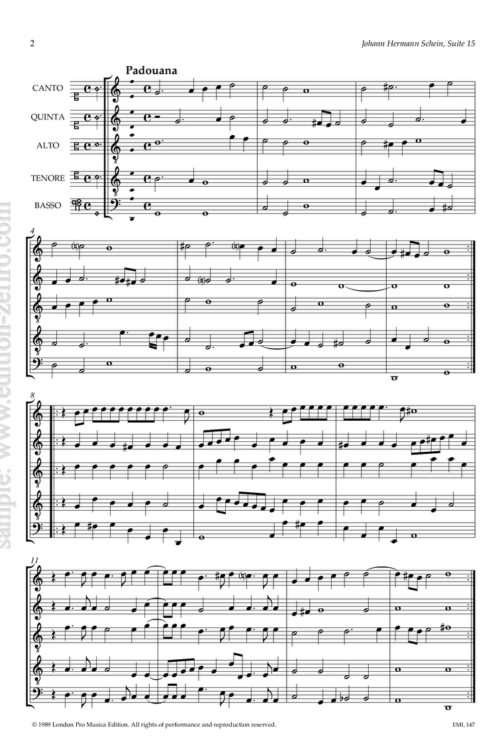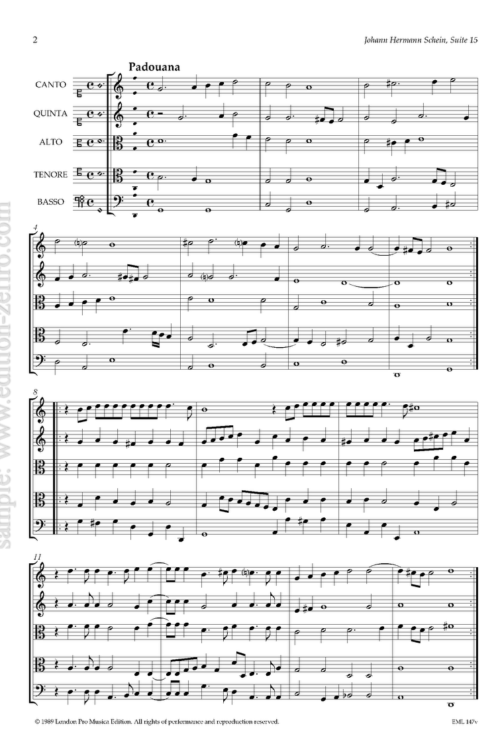Come On In
Schein was one of the first to absorb the innovations of the Italian Baroque—monody, the concertato style figured bass and use them effectively in a German Lutheran context. While his friend Heinrich Schütz made more than one trip to Italy, Schein appears to have spent his entire life in Germany, making his grasp of the Italianate style all the more remarkable. His early concertato music seems to have been modeled on Lodovico Grossi da Viadana’s Cento concerti ecclesiastici.
Possibly his most famous collection was his only collection of instrumental music, the Banchetto musicale (Musical banquet) (1617) which contains twenty separate variation suites; they are among the earliest, and most perfect, representatives of the form. Most likely they were composed as dinner music for the courts of Weissenfels and Weimar, and were intended to be performed on viols. They consist of dances: a pavan-galliard (a normal early Baroque pair), a courante, and then an allemande-tripla. Each suite in the Banchetto is unified by mode as well as by theme.



